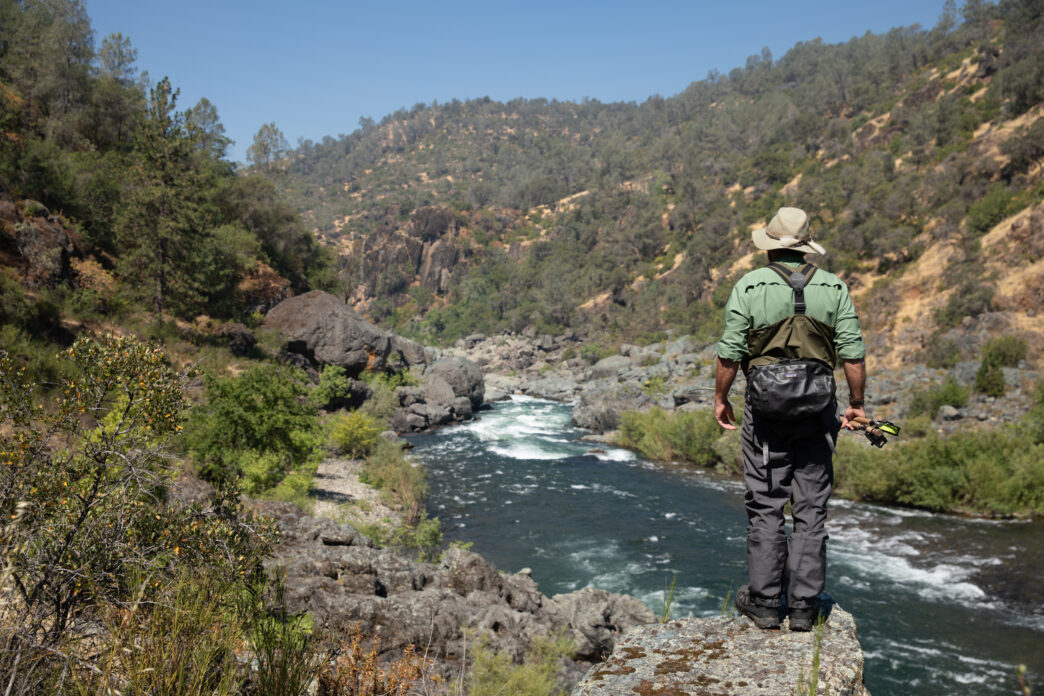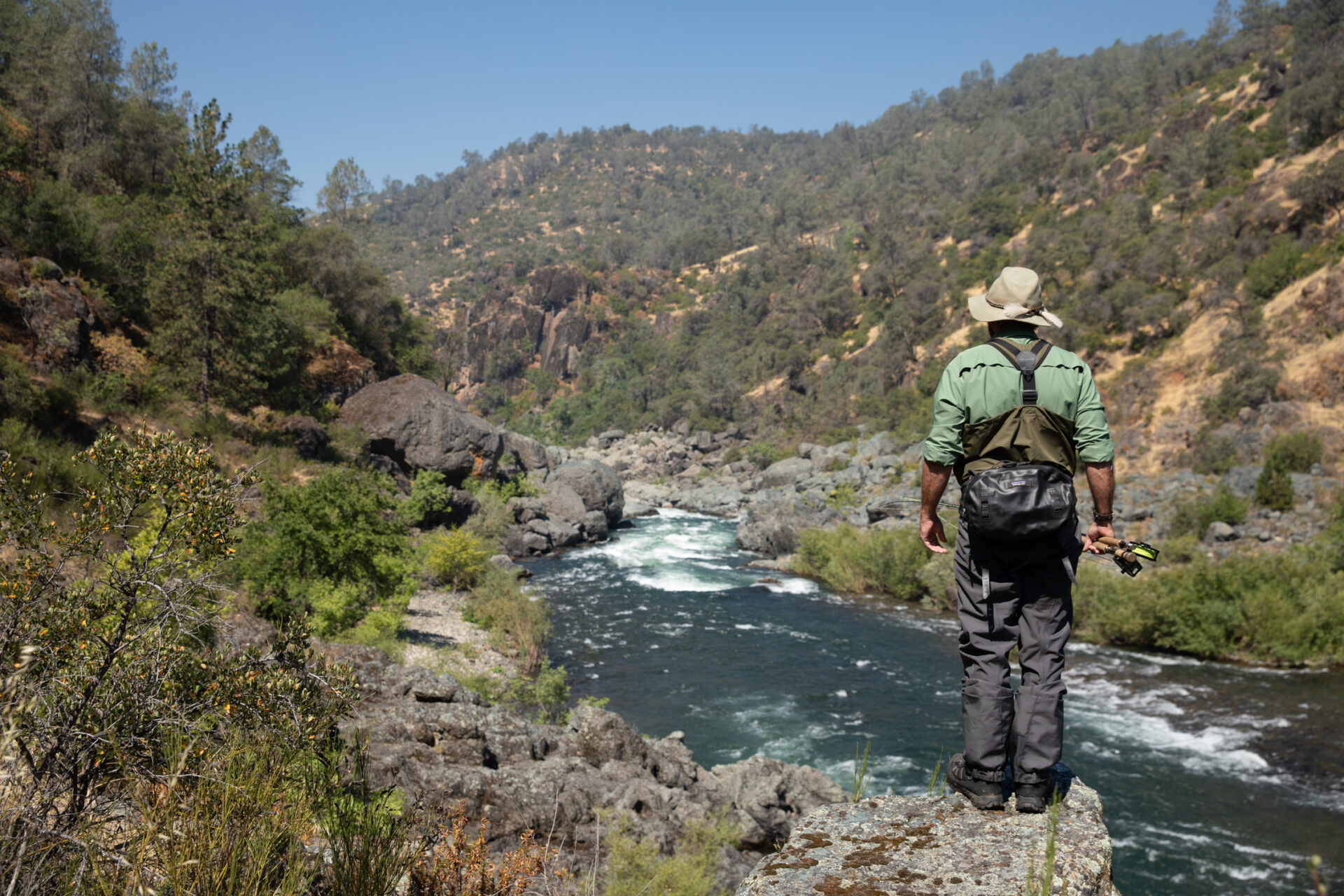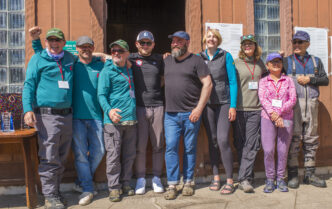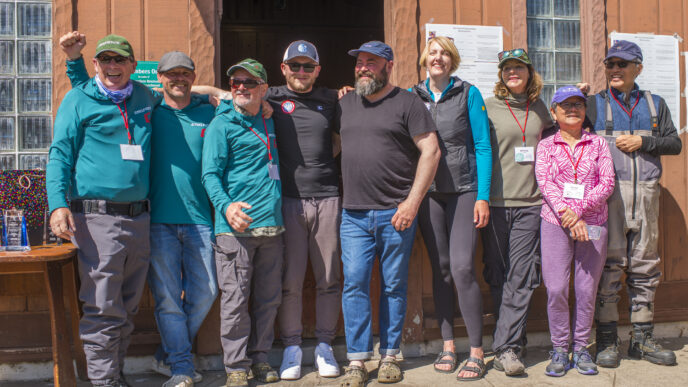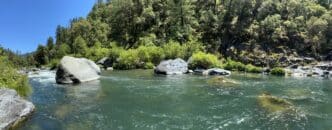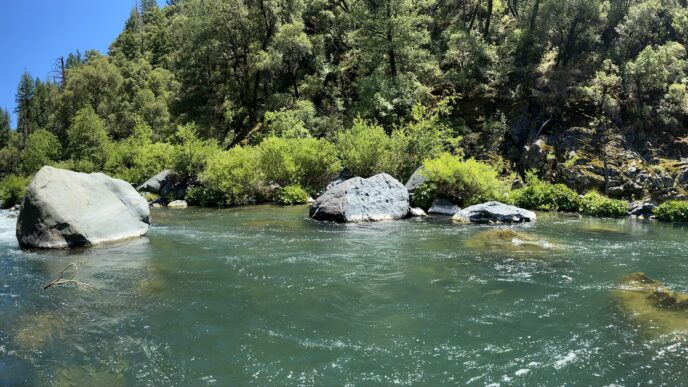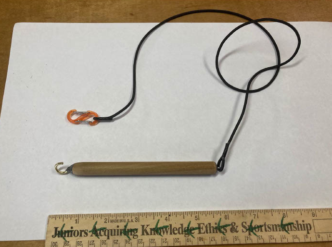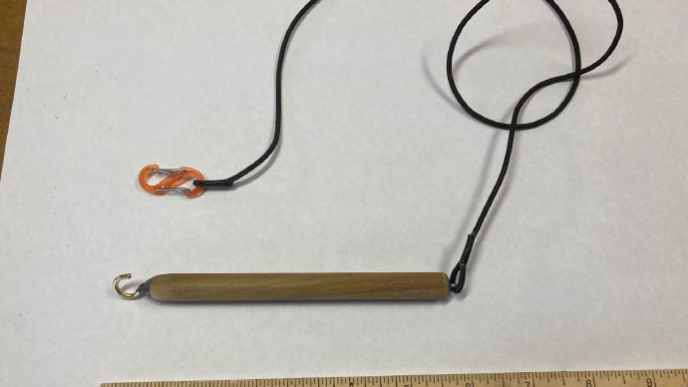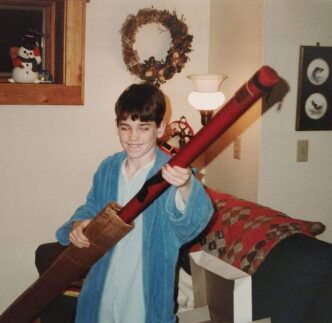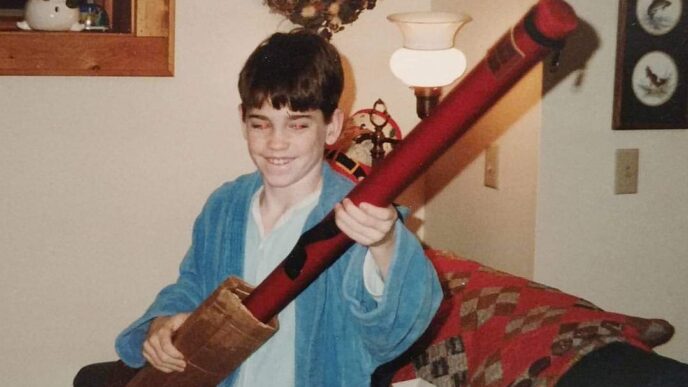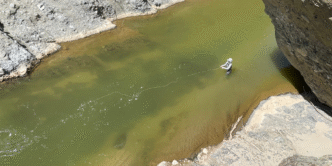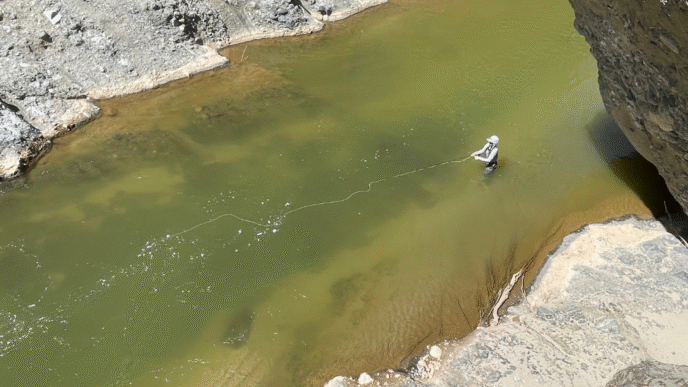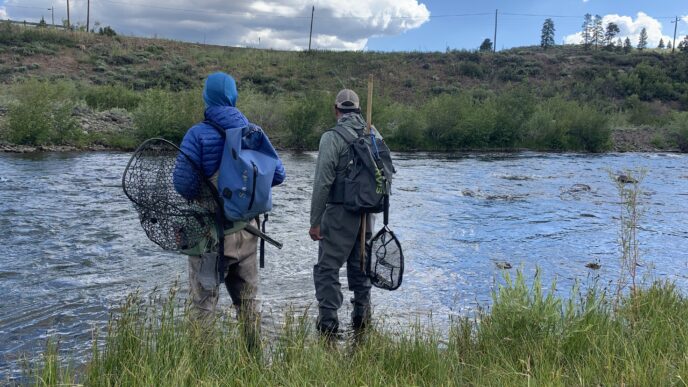Off the Beaten Path
Sponsored Content
It might be my dad’s fault. Some say it’s genetic. Others have suggested it’s a product of the environment I grew up in. I’m not sure. All I know is that it wasn’t easy growing up with chronic W.A.T.B. syndrome—the deep, aching desire to know what’s just a little further downriver. What that section of canyon you see off in the distance looks like. What that blue line on the map looks like in real life. What’s the best swimming hole in California? If I go there, will I catch the fish I’ve been dreaming about all these years? Will I see some cool wildlife? Or will I just twist my ankle or get scratched up by blackberry bushes?
For better or worse, I have a bad case of chronic What’s Around The Bend syndrome.
Not every mission works. But enough of them do to keep you going. Curiosity is as much the drug as the destination. More often than not, the extra effort pays off—especially when it comes to fishing. But sometimes, it’s a bust. Even if it is, you’ve checked that one off the list. Now you know what’s around that bend.
For me, the obsession is usually driven by the thought of an epic fish. But not always. Sometimes it’s a great swimming hole I’m looking for. Or a cliff-jumping spot—when I was younger. Sometimes it’s a waterfall. Or a hot spring. I think the concept applies to lakes, too, especially in the High Sierra. I guess, in that case, it’s What’s Over the Next Ridge syndrome.
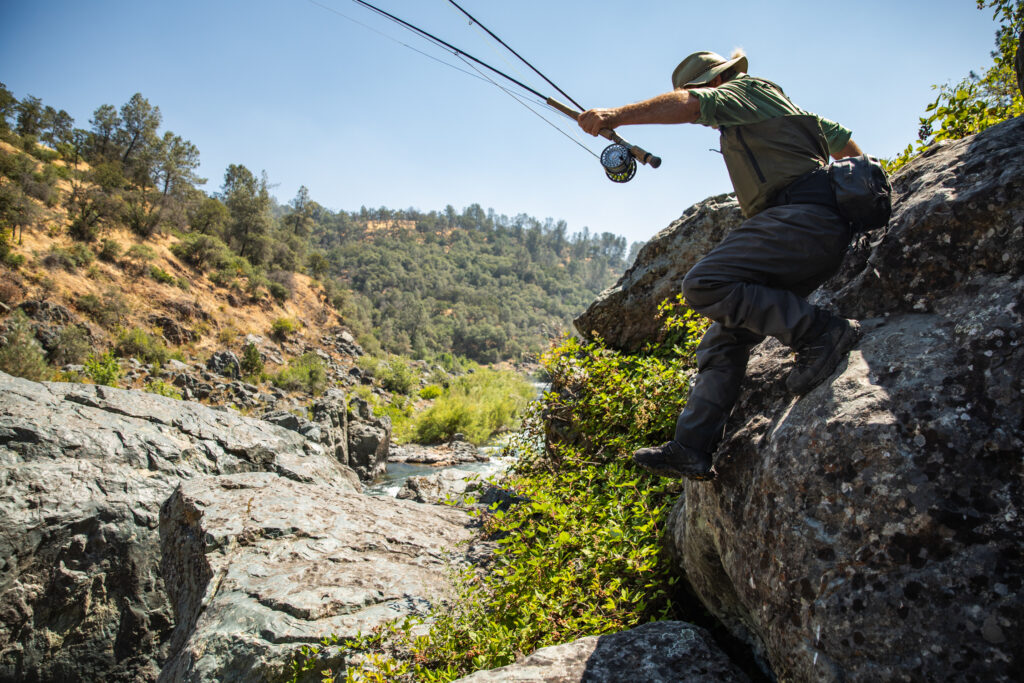
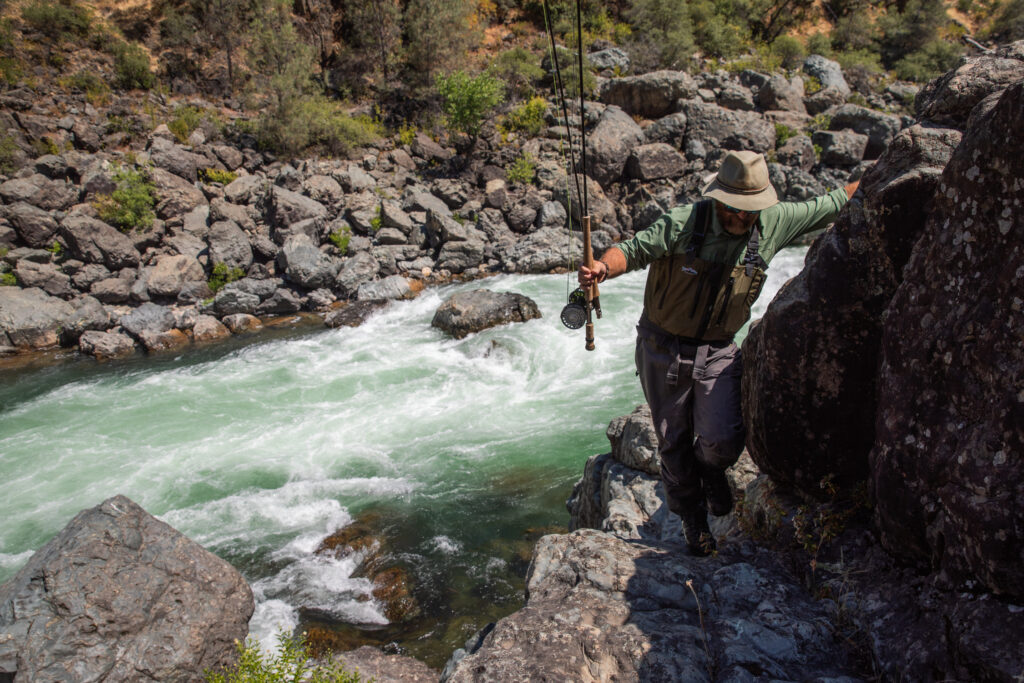
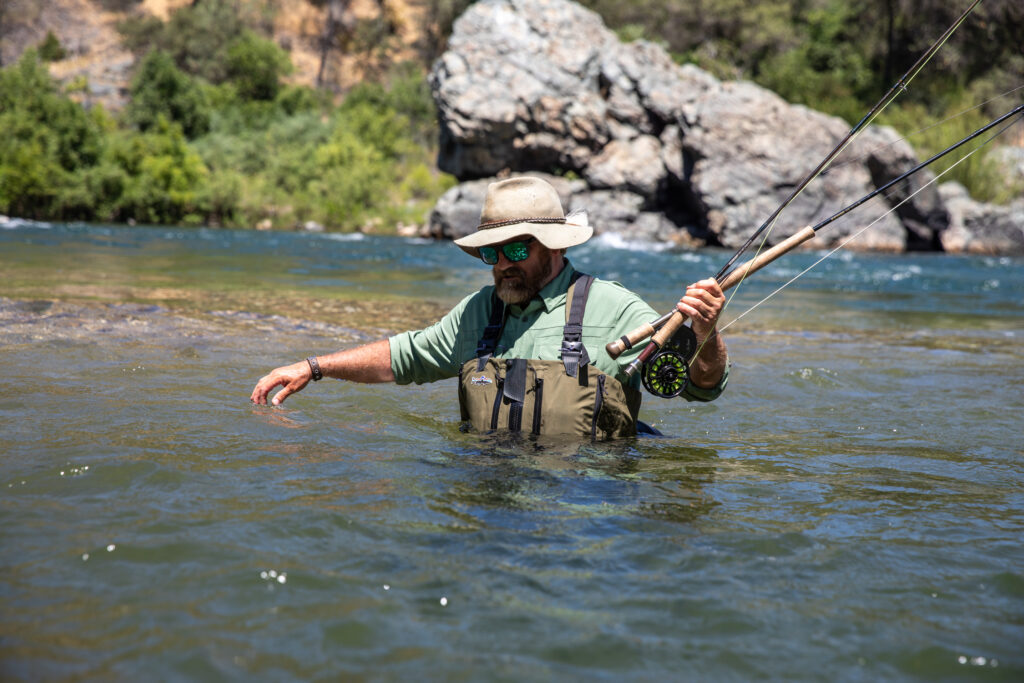
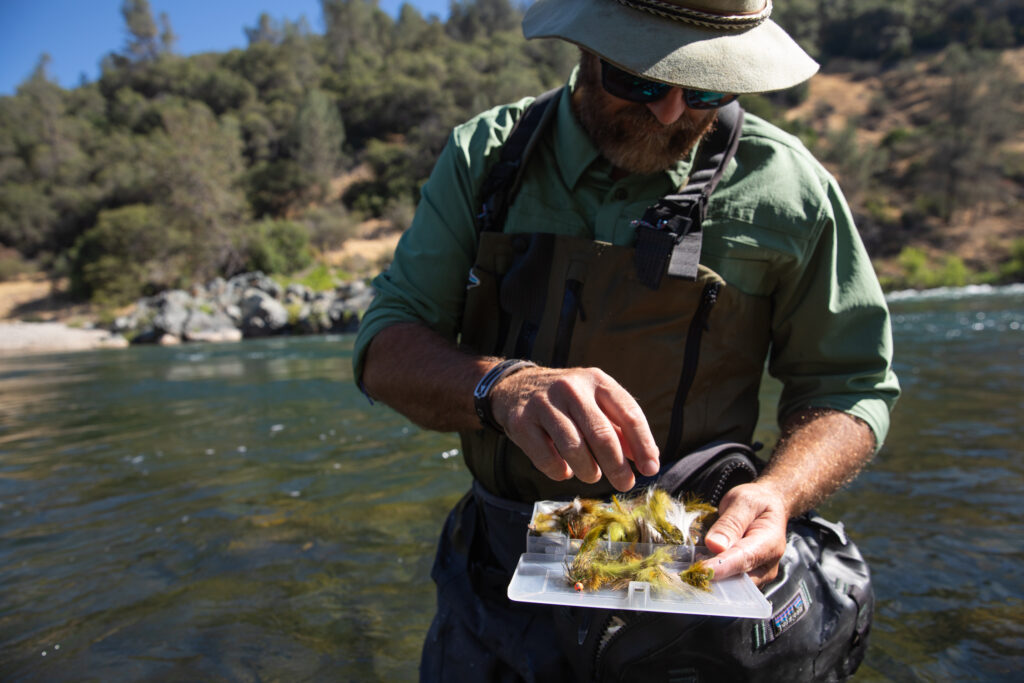
What’s Around The Bend syndrome has taken me up and down some of California’s most remote river canyons. As long as I can remember, I’ve had the curiosity to explore. First, it was on foot, from the house out on the back property. Then on a bike, down to the local farm ponds. The world really opened up when I got a car. Between those years, my time guiding fly-fishing and exploring the Sierra, and the past 13 years working for California Trout traversing the state, I’ve seen possibly more of California’s rivers and lakes than just about anyone. Even now, when the feeling hits, I can still look at a map, pick out a blue line, and go find something new. The mission is never over.
Getting there is half the fun. Even before my teens, I’d started to master the sport of rock hopping. That’s where you traverse up or down a river by jumping from boulder to boulder. When you’re really in the zone, you move quickly—spotting the next foot placement before your foot even hits the last one—as you glide along in a fast-paced series of long strides and jumps. I think of it as kind of like freestyle walking. Using the natural terrain of the river landscape like a skate park.
The consequences can be the same: if you miss a step, you take a hard bail on rough terrain. In my prime, I could sprint up river canyons like most people go for an afternoon jog through the local park. Progress up rivers is a little slower now, but the drive to explore is as strong as ever.
I’m not telling you this to toot my own horn or claim I’m the world’s greatest explorer. All that is to say that exploration is sometimes the secret to good fishing. It’s worked out for me, anyway. A lot of the photos you see on Instagram or in a magazine? They’re the ones who took the extra effort. Hiked a little farther than the last guys. Put in the time, going back to rivers over and over again to learn the best conditions and time of year to be there. Floated down rivers in rafts and ran sketchy rapids to get there. Took the boat across a lake to an inlet, then hiked upriver.
Exploration isn’t always about getting gnarly, either. It can also be about being creative. Finding the spots that are accessible but overlooked. Not just going to the same places where everybody else goes and hoping for a different result. Or even changing your perception of what the result of a trip should be. If it’s just about catching a fish, then sometimes you’re missing the point.
I used to think it was all about the fish, too. That was the measure of a good trip or a good adventure—the culmination of all the effort it took to get to a particular place. I’m still guilty of that mindset sometimes. But over time, a deeper understanding started to unravel for me.
It’s the wildness that’s most appealing.
Looking for those last pockets of untamed nature in an otherwise highly altered landscape.
Spirit speaks the loudest to me when I’m in the places least altered by humans. People have an uncanny knack for reshaping nature to suit their needs or desires, but there’s something powerful about being in a landscape that’s in perfect harmony. It has a rhythm all its own. When there are no sounds from cars, planes, motors of any kind—or any other man-made noise—that’s when I can hear nature’s perfect song.
I hope you find that place where you can hear it too.


